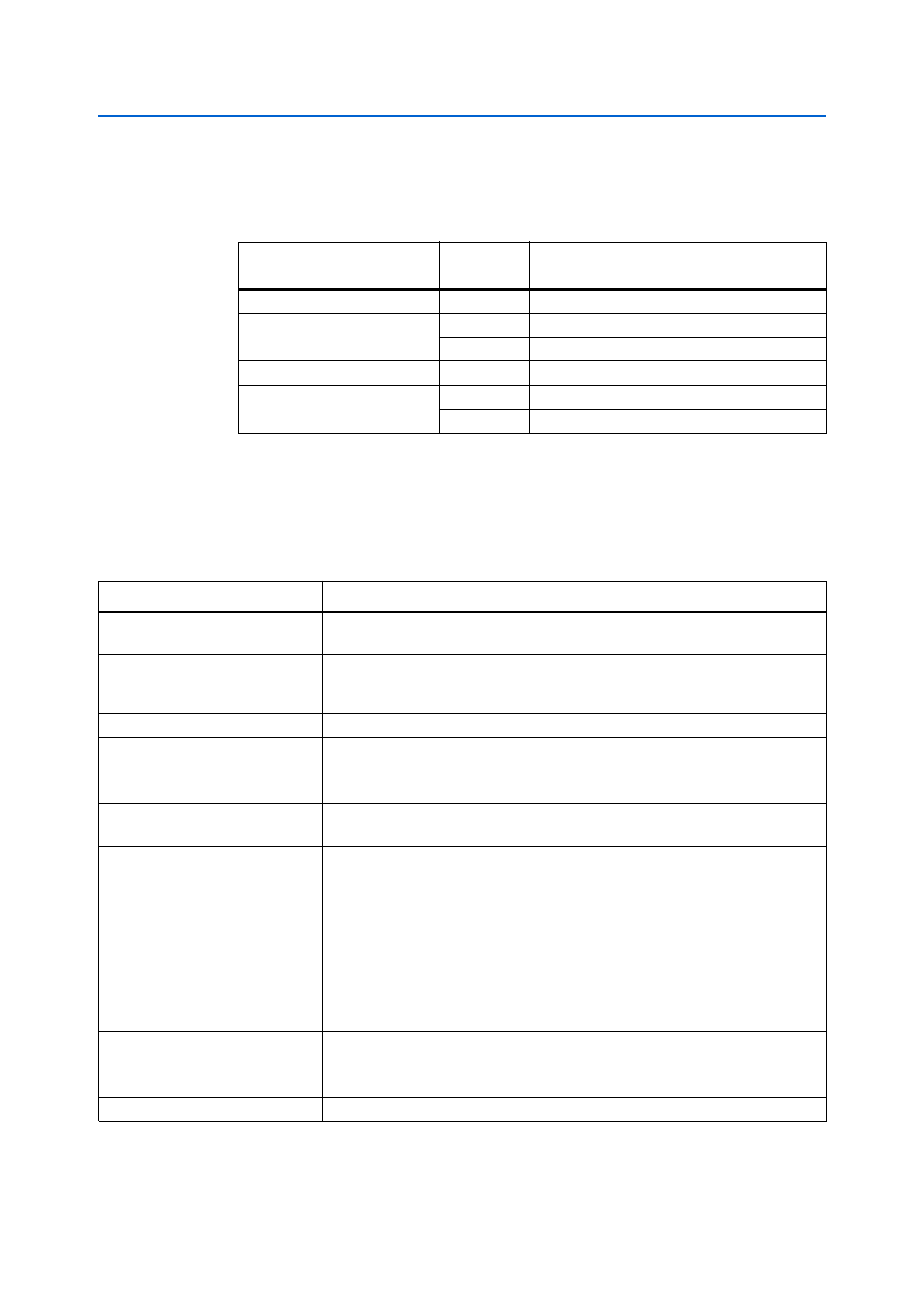How to contact altera, Typographic conventions – Altera Cyclone III Development Board User Manual
Page 78

Info–2
Additional Information
How to Contact Altera
Cyclone III 3C120 Development Board Reference Manual
© March 2009 Altera Corporation
How to Contact Altera
For the most up-to-date information about Altera products, refer to the following
table.
Typographic Conventions
This document uses the typographic conventions shown in the following table.
Contact
Method
Address
Technical support
Website
Technical training
Website
Product literature
Website
Non-technical support (General) Email
(Software Licensing) Email
Note to Table:
(1) You can also contact your local Altera sales office or sales representative.
Visual Cue
Meaning
Bold Type with Initial Capital
Letters
Indicates command names, dialog box titles, dialog box options, and other GUI
labels. For example, Save As dialog box.
bold type
Indicates directory names, project names, disk drive names, file names, file name
extensions, and software utility names. For example, \qdesigns directory, d: drive,
and chiptrip.gdf file.
Italic Type with Initial Capital Letters Indicates document titles. For example, AN 519: Stratix IV Design Guidelines.
Italic type
Indicates variables. For example, n + 1.
Variable names are enclosed in angle brackets (< >). For example,
Initial Capital Letters
Indicates keyboard keys and menu names. For example, Delete key and the Options
menu.
“Subheading Title”
Quotation marks indicate references to sections within a document and titles of
Quartus II Help topics. For example, “Typographic Conventions.”
Courier type
Indicates signal, port, register, bit, block, and primitive names. For example, data1,
tdi
, and input. Active-low signals are denoted by suffix n. For example, resetn.
Indicates command line commands and anything that must be typed exactly as it
appears. For example, c:\qdesigns\tutorial\chiptrip.gdf.
Also indicates sections of an actual file, such as a Report File, references to parts of
files (for example, the AHDL keyword SUBDESIGN), and logic function names (for
example, TRI).
1., 2., 3., and
a., b., c., and so on.
Numbered steps indicate a list of items when the sequence of the items is important,
such as the steps listed in a procedure.
■
■
Bullets indicate a list of items when the sequence of the items is not important.
1
The hand points to information that requires special attention.
